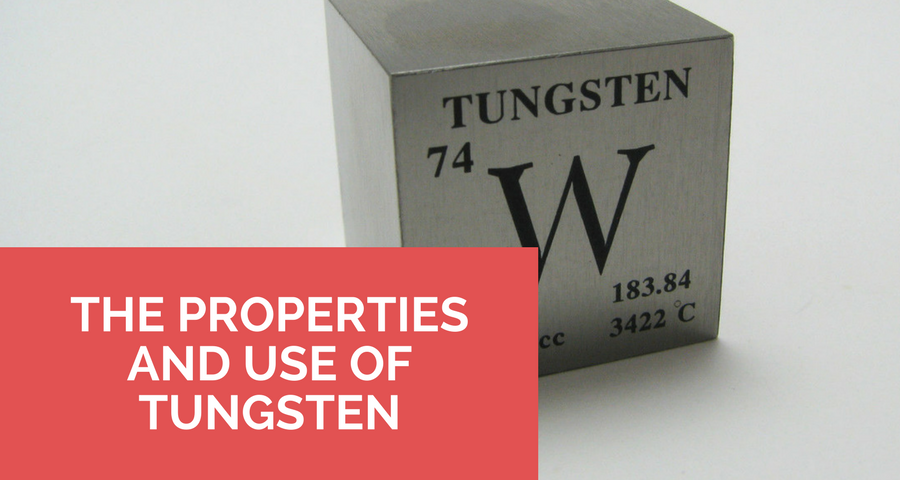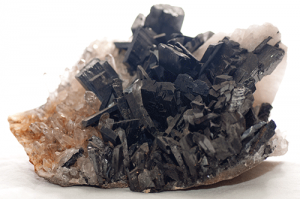
Since ancient times, people have been mining the earth for precious metals, with the desire to use them to create the best version of tools and weapons that they could. During one such mining expeditions, a rare metal called Tungsten was mined. Tungsten, also known as Wolfram is a silver-gray-white metal that is one of the metals which is highly resistant to heat. Tungsten is also a lot more resistant to fractures than any diamond is and is twice, if not more, harder than your regular steel.
As such, Tungsten has found its use in lots of industries as the main component or an alloy. Its ability to resist high temperatures, acids, and its durability have made this metal a highly desirable addition in almost any industry in our modern times.
– Specifications
Tungsten is a very durable metal with its Moh’s Hardness at 7.5, it’s density coming off at 19.24g/cm3, its Melting Point being 6192°F or 3422°C and Boiling Point at 10031°F or 5555°C, Tungsten is one of the most used metals when it comes to protection from heat and radiation.
Additionally, what should be noted is that Tungsten is rarely found as a lone metal, it’s mainly extracted from Scheelite and wolframite, but tungsten can also be recycled which amounts to about 30 % of the total global Tungsten supply. The lead producer in Tungsten is China which produces and exports about 80 % of the total world Tungsten supply.
– Applications:
Like we mentioned before, people have been mining to find metals that will help them upgrade their existing tools and weapons. Tungsten has found its primary use in one of the tools that were used by everyone on the planet. Namely as a filament in the light bulb industry.
 With Tungsten’s strong durability and high resistance to heat, Tungsten has been used as a wire filament that is placed in the middle of light bulbs that power billions of homes all around the planet. The aptitude to keep its shape at extremely high temperatures has helped Tungsten filaments cement their role as the main light bulb component. For example, Tungsten Heavy Alloy is the no.1 material for anti-radiation shieldings.
With Tungsten’s strong durability and high resistance to heat, Tungsten has been used as a wire filament that is placed in the middle of light bulbs that power billions of homes all around the planet. The aptitude to keep its shape at extremely high temperatures has helped Tungsten filaments cement their role as the main light bulb component. For example, Tungsten Heavy Alloy is the no.1 material for anti-radiation shieldings.
Tungsten filaments are also used in many other household applications, such as: heating elements, microwave ovens, cathode tubes in computers, tv, electrical furnaces, many wall wires etc.
The metal can also be present in furnaces, construction tools and welding equipment. Its density also helps the metal to be used in fishing sinkers, darts, counterweights, and similar products.
Alloys of Tungsten
If you want to increase the corrosion resistance, heat resistance and water resistance of any metal, than Tungsten is the metal you want to combine it with. Many tools that are used for precise cutting have Tungsten. If combining Tungsten with steel you get an alloy that is perfect in the production of nozzles for a rocket engine, since any alloy with Tungsten is going to have high heat resistance. Other alloys of Tungsten are Stelite (a combination between tungsten, chromium and cobalt), which is used when making pistons and bearing due to its strong durability and extremely high resistance to wear and water resistance.

